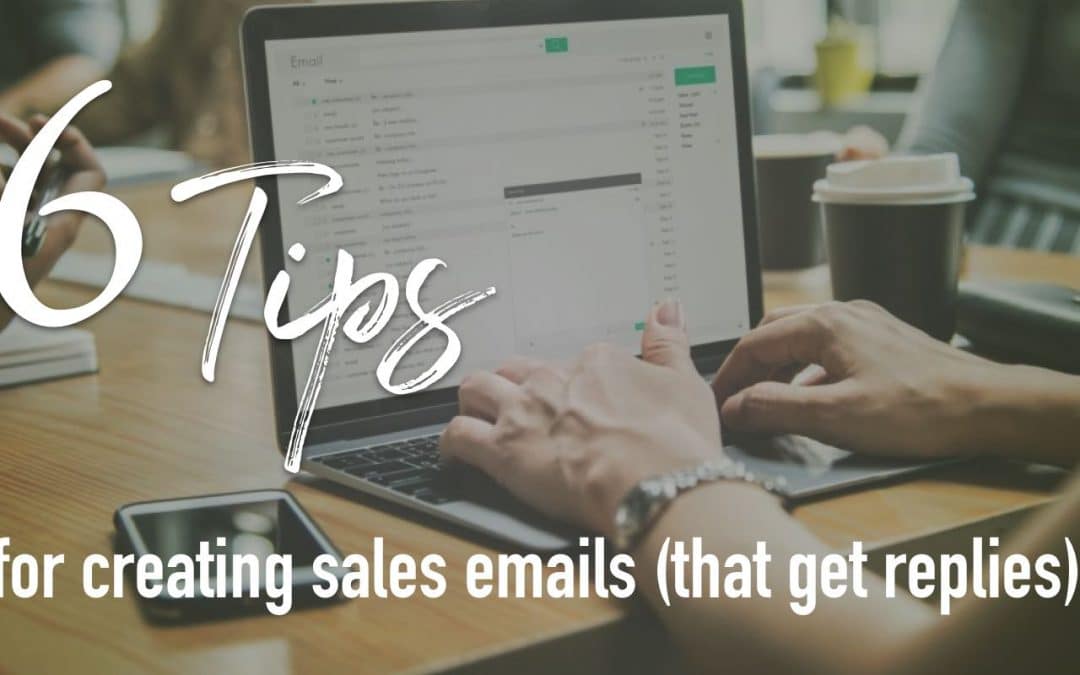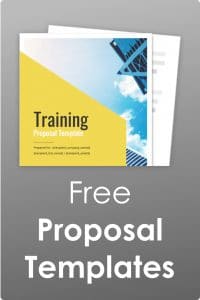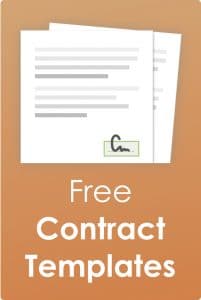It’s not enough to simply have a great sales proposal ready to present to a prospect. If you send your sales proposal unsolicited, it’s highly likely that it will just get ignored. To help you get your foot in the door and give your sales proposal a fighting chance, you’ll want to optimize your sales emails.
Regardless of your target audience, there are a few simple principles for creating sales emails that maximize the chances of your proposals being read. Here are a few tips for writing sales emails that open doors.
1.) Craft your subject line
Many email campaigns are won and lost on the strength of the subject lines you choose. If you’ve already gone so far as to find this post, you have probably already seen countless articles on LinkedIn about the ideal email subject line.
It gets pretty confusing. Many so-called experts will present often-contradicting advice on what the perfect subject line should be. Some will advocate maximizing the 70 character limit while others advise that you keep things short and sweet. Some will insist that every subject line have an emoji, of all things while other can talk at length about the importance of inserting the prospect’s first name in the subject email.
Those ideas all have fair points, and perhaps you should consider using some of them in your next campaign. However, it’s easy to overlook the most important point – Will it pique your prospect’s interest? If your subject does not do this, no amount of time spent obsessing over subject line lengths will help you get your proposal read.
2.) Create and send unique follow-up emails
Follow-up emails are critical for getting the most out of a limited pool of leads. People may not read or even open your sales email, and it may be simply because they weren’t in any hurry to be sold something new today. You don’t always read through all your own emails, do you?
However, it’s a big mistake to simply resend the same email you sent earlier. Prospects may have opened your email previously and just decided not to respond at that time. Sending them the exact same sales email can cause them to tag it as spam, and you can kiss that lead goodbye.
Follow-up emails to prospects that have not responded should ideally be composed in a way that acknowledges you sent one previously. A subject line that goes “Did you get my last email?” or similar can be used. This has the further effect of humanizing you and making it less likely your emails will be ignored. The body of the follow-up emails should similarly acknowledge you previously tried to contact the prospect.
3.) Send the e-mails at the right times
Another hotly-debated topic is email send times. While it’s clear that timing matters, the right times may differ depending on your market. A B2B business may want to send emails to clients at 9 AM on weekdays, while a B2C business may choose the afternoons or early mornings to do so. To further complicate matters, different time zones, businesses, and cultures tend to start work at different times of the day.
While you can use them as general guidelines, you shouldn’t just take what some LinkedIn post tells you about optimal email send times and apply them directly to your own situation. Ideally, you’ll want to test email send times early on, and use your findings to inform future email campaigns.
4.) Try A-B testing
Speaking of testing, it’s simpler than ever before to figure out if what you’re doing works thanks to email automation software. With virtually any email and marketing automation software, it’s easy to see which approaches you’re taking are the most effective. For instance, you can send the same email with the same subject line and body content at different times to test for the best send time. Similarly, you can send emails with different subject lines to test which approach suits your business best. This approach is called “A-B testing” and allows you to isolate which course of action is making your sales emails more or less effective.
A-B tests, however, can take a lot of time, they’re ultimately worthwhile. Sales and marketing is an ongoing process. It’s often next to impossible that you will get it right the first time. And that’s ok. It often takes months if not years of trial and error for businesses to come up with an approach to their sales emails that really works well for your business.
5.) Present benefits early on
Let’s say you got your prospect at the right time, and thanks to your well-composed subject line, you got them intrigued enough to open your email. Sadly though, they never end up replying because you never made the content worth their while.
Unfortunately, many email marketers fail to provide the benefits of their product or service in their email, or they may make the mistake of just listing product features their audience may not understand. As a result, their email will not be replied to and their sales proposal may remain unread simply because the recipient sees no point in it.
The benefits of your products and services should be presented as early as possible in the email body. If your proposal will help them do their work faster or save them money, it’s better to say that than to rattle off technical features they may not necessarily understand. If you’re offering them a discount, make that clear from the onset as well.
6.) Don’t let your email look like it came from a template
This is perhaps the biggest mistake some email marketers make, especially when they work in a small team or are pressed for time in their campaigns. It’s perfectly alright to use templates for creating your sales emails – it’s would be almost impossible to create them consistently and on-message if you didn’t. However, as a general rule, it shouldn’t look like it did.
Regardless of your target audience, people are far more likely to respond positively to emails that don’t look like they came from a cookie-cutter. Emails that obviously look like they were made in a template signal a lack of care to your recipient. And if it seems like you don’t actually care about your product or service, why should your customer?






